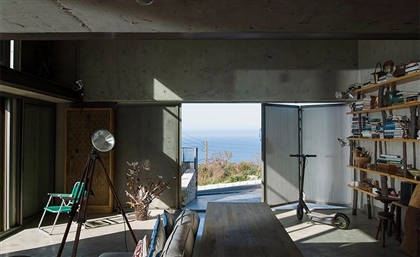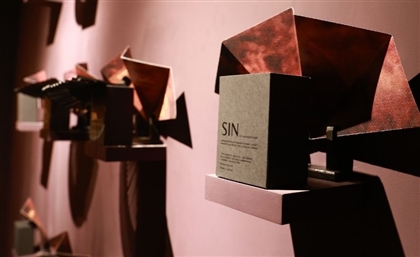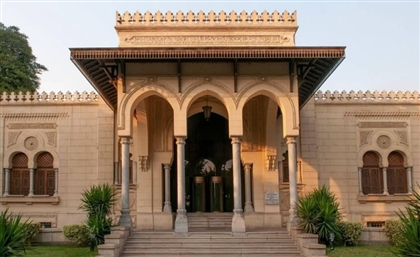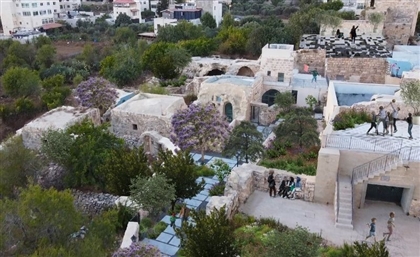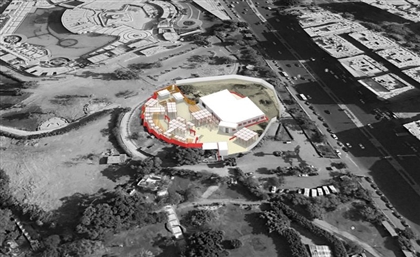How Palestinian Architect Rasem Badran Shaped Saudi Arabian Modernity
From Najdi to Salmani architecture, Badran’s award-winning designs laid the foundations of the Kingdom we know today.
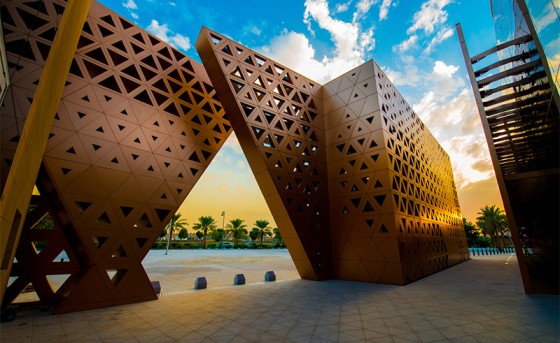
Born in Jerusalem in 1945, three years prior to the establishment of Israel and the 1948 Nakba, Rasem Badran is a serial award-winning Palestinian-Jordanian architect who helped shape Arabian cities, especially in Saudi Arabia, as we know them today.
-38d2710e-ae78-4569-a09d-427e8ddb0e14.jpg) Schooled in Ramallah, Badran moved to Germany to study architecture before returning to Jordan in 1973. Badran established his practice, Dar Al-Omran, in 1980. Today, it has offices in Amman, Beirut, Riyadh and Abu Dhabi. The depth of Badran’s design prowess meant that his sketches were published before the work they depicted was even built.
Schooled in Ramallah, Badran moved to Germany to study architecture before returning to Jordan in 1973. Badran established his practice, Dar Al-Omran, in 1980. Today, it has offices in Amman, Beirut, Riyadh and Abu Dhabi. The depth of Badran’s design prowess meant that his sketches were published before the work they depicted was even built.
In its 1995 cycle, the Aga Khan Award for Architecture recognised Badran for his work on the Justice Palace in Riyadh, where allegiances are pledged to the ruling family. Demonstrating his thorough understanding of Salmani architecture’s role in revitalising Riyadh, he went on to design the Great Mosque of Riyadh and the redevelopment of the Old City Centre.
Badran’s first trip to Riyadh included a visit to the preserved mud city in Diriyah, the original home of the ruling house of Saud. It came after Badran won the competition to design the Baghdad State Mosque, which was never built due to the Iraq-Iran war, yet still showcased the depth of architectural prowess to the world and to Saudi Arabia.
-502ad0b8-eb45-4871-abf8-fcbc5a55acdc.jpg) The Great Mosque of Riyadh was designed with the character of local Najdi architecture. Minarets are tall and the complex is punctuated by traditional gates that lead into a cluster of buildings covered behind limestone-clad walls. Inside, passageways and courtyards evoke the Gulf’s traditional spatial experience.
The Great Mosque of Riyadh was designed with the character of local Najdi architecture. Minarets are tall and the complex is punctuated by traditional gates that lead into a cluster of buildings covered behind limestone-clad walls. Inside, passageways and courtyards evoke the Gulf’s traditional spatial experience.
Badran mastered creating a dialogue between the past and present. In Diriyah, his design used triangular openings that filter light and resemble vernacular practices. Showcasing his finesse of merging modernity with heritage, Badran bridged cultures and presented tradition through contemporary perspectives.
- Previous Article The Enduring Charm of Jeddah’s Old Town of Al Balad
- Next Article Apartheid Architecture: The Violent Urban Design in Occupied Palestine
Trending This Month
-
Nov 18, 2025




